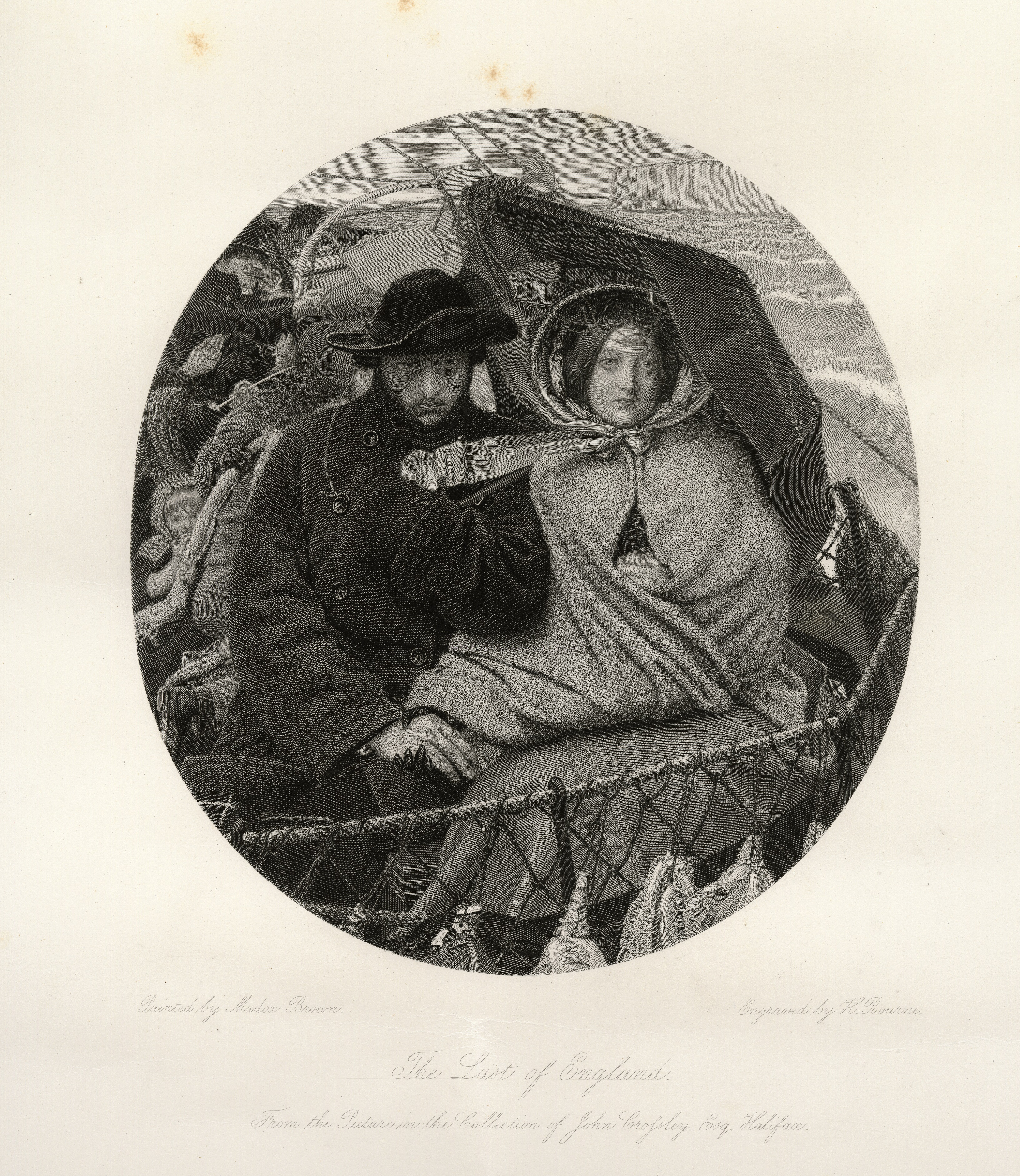The Last of England: A Work for Solo Piano After the Painting by Ford Madox Brown
Keywords:
painting, music, compositionAbstract
This paper considers the creative process of writing music in response to a visual work of art. My piano composition The Last of England (2016) is named after the famous painting by Ford Madox Brown (1852-55). It is a work in 15 movements, a narrative composition in which I invite the listener to embark on a journey into the world of the painting and the scene it represents.
In the nineteenth century, music which sought to represent the natural world, to convey an extra-musical narrative, or that which was inspired by literary or artistic source works, was classified broadly as program music. Siglind Bruhn argues however, that certain pieces of music go much further, and aspire to an ‘interartistic mode of transfer’, a musical equivalent of literary ekphrasis, in which the form, structure and metaphoric content of the source work is ‘transposed’ from one medium to another (2001). The composer ‘performs’ the painting.
Having considered some prominent examples of literary and musical ekphrasis, I proceed to a discussion of the making of this composition: its musical characteristics, influences, and the ways in which it seeks to re-present Madox Brown’s vision.
References
Bruhn, Siglind. “A Concert of Paintings: Musical Ekphrasis in the Twentieth Century”. Poetics Today 22:3 (Fall 2001): 551-605.
---. Musical Ekphrasis: Composers Responding to Poetry and Painting. Pendragon Press, 2000.
Clemente, Caroline. “Thomas Woolner: A Pre-Raphaelite Sculptor in Australia”. Australasian Journal of Victorian Studies: Pre-Raphaelitism in Australasia. 22.2 (2018): 24-46.
Exiles and Emigrants: Epic Journeys to Australia During the Victorian Era. NGV Catalogue, Council of Trustees of the National Gallery of Victoria, Melbourne, 2005. See also: https://www.ngv.vic.gov.au/exhibition/exiles-and-emigrants/ Viewed 28 April 2019.
Fiske, Roger. Music in Scotland. Cambridge University Press, 1983.
Ford, Andrew. Undue Noise: Words About Music. ABC Books, 2002.
Ford, Andrew. In Defence of Classical Music, ABC Books, 2005.
Goehr, Lydia. “How to Do More with Words: Two Views of (Musical) Ekphrasis”. The British Journal of Aesthetics 50:4 (October 2010): 389-410.
Jarman, Derek. The Last of England. Constable, 1987.
Melo, James. “Review of Siglind Bruhn’s Musical Ekphrasis: Composers Responding to Poetry and Painting”. Notes, Music Library Association 58.3 (March 2002): 604-606.
Macdonald, Patricia Tyron, ed. Exiles and Emigrants: Epic Journeys to Australia During the Victorian Era. NGV Catalogue, Council of Trustees of the National Gallery of Victoria, Melbourne, 2005.
Niecks, Frederick. Programme Music in the Last Four Centuries: A Contribution to the History of Musical Expression. Novello and Co. London, 1906.
Ruskin, John. Modern Painters in The Complete Works of John Ruskin (Library Edition), eds. E.T. Cook and Alexander Wedderburn. London: George Allen, 1903-1912.
Sondheim, Stephen. Sunday in the Park with George. 1984. Piano/Vocal score. Alfred Music, 2000.
Sondheim, Stephen. Look I Made a Hat: Collected Lyrics (1981-2011). Knopf, 2011.
Thirlwell, Angela. Into the Frame: The Four Loves of Ford Madox Brown. Pimlico, 2011.
Treuherz, Julian. Ford Madox Brown: Pre-Raphaelite Pioneer. Phillip Watson Publishers, London in Association with Manchester Art Gallery, 2011.


